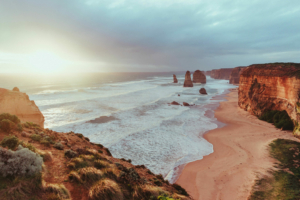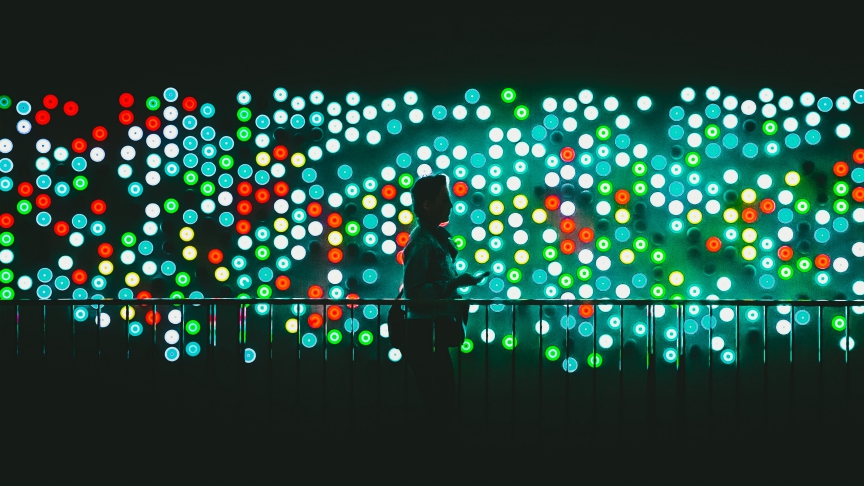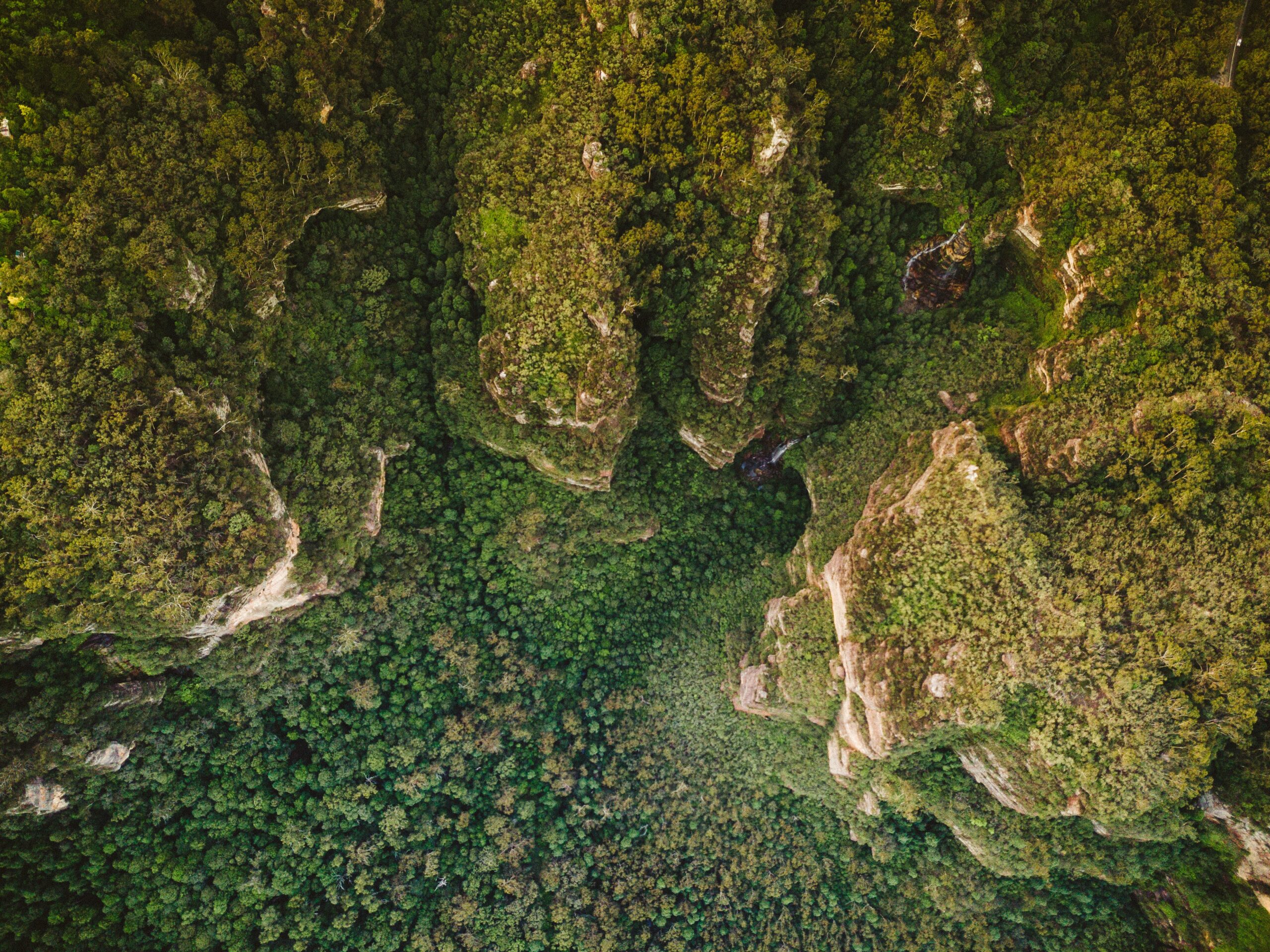Highlighting Australia
- As a proudly Australian initiative, we’re excited to showcase a collection of Australian stories, music, tributes and more.

Join activities, celebrations, study groups, spiritual empowerment and education programs for young people, and more.
Baha’i beliefs address essential spiritual themes for humanity’s collective and individual advancement. Learn more about these and more.

Featured in: Harmony of Science and Religion
Baha’is champion rationality and science as essential for human progress. The harmony of science and religion is one of the fundamental principles of the Baha’i Faith, which teaches that truth is one and that religion, without science, soon degenerates into superstition and fanaticism, while science without religion becomes merely the instrument of crude materialism.

Do you consider yourself a scientist or an artist, or perhaps neither? What is your definition of the arts and sciences? In your mind are they totally inseparable or are they on two sides of a divide?
My training and long experience in the arts and education has taught me that there is an unwritten perception of science as being the more intelligent and more demanding area of learning than the arts. Often the arts are referred to as the ‘lighter option’! It is said that ‘Science demands intelligence while the arts demand talent!’.
However, as a Baha’i I like to reflect on how Baha’u’llah writes about the ‘arts and sciences’, always honoured together as illustrated below:
Arts, crafts and sciences uplift the world of being, and are conducive to its exaltation. Knowledge is as wings to man’s life, and a ladder for his ascent. Its acquisition is incumbent upon everyone.1
One of the names of God is the Fashioner. He loveth craftsmanship. Therefore any of His servants who manifesteth this attribute is acceptable in the sight of this Wronged One. Craftsmanship is a book among the books of divine sciences, and a treasure among the treasures of His heavenly wisdom. This is a knowledge with meaning, for some of the sciences are brought forth by words and come to an end with words.2
I am fascinated by the apparent dichotomy between the accepted understanding and the Baha’i Writings so I asked myself four questions:
Beginning with the roots of the words ‘science’ and ‘art’, I discovered that the root of the word ‘science’ whether in Latin, Greek or Arabic means ‘knowledge’, broad and undefined, and only in the 17th century did the meaning become narrowed to mean a ‘body of regular or methodical observations or propositions concerning a particular subject or speculation.’
The roots of the word ‘art’ reveal an interesting change in meaning in the 17th century. The Latin root is artem /ars /artis (skill) that in the 12th century, for example, meant ‘work of art; practical skill; a business, craft,’ and ‘skill as a result of learning or practice.’ However, by the early 1700’s the term ‘art’ had come to mean ‘one who practices the arts of design or visual arts.’ As with ‘science’, the word ‘art’ narrowed from its original meaning.
With this in mind I explored the first question: What might the words ‘science’ and ‘art’ mean in the Baha’i Writings? In the Persian language there are several words used to describe art; ‘hunar’ and ‘fan’ being two of them. They mean a learned skill or ability, or being skilled in the art of something. There is also ‘san’at’ which refers more to industry and trades.
These words equally refer to something that can be held or touched, as to an activity that can be experienced. So these words might refer to a brick wall, a suit of clothes, a painting, a ceramic pot, a tool, a table, a plate of food, a machine or equally to a conversation, dance, parenting, facilitation, poetry, music, etc. So someone can be referred to as a ‘hunarmand’, which means a ‘skillsman’ or one who ‘possesses the art’ of something. Therefore, in Persian the arts are broad and all-inclusive of anything that demands a skill whether that results in an object or an activity. The word for ‘science’, in Persian, is ‘Ilm’, which means knowledge, wisdom, learning, scholarship or more generally a search for knowledge.
Bringing together the exploration of the roots of the words ‘art’ and ‘science’, that originally were broad and inclusive and the meanings in Persian, which are also broad and inclusive, I began to realise that the understanding of art and science now is very much narrower than in the past. However, what might they actually mean in practice?
Knowledge acquisition is surely hardwired into the human race; it is impossible not to gain knowledge. From the moment of birth, the baby ‘wants to know’ about its surroundings, and once a person has knowledge they cannot help but apply that knowledge in whatever context it is applicable. Is this the connection between the sciences and the arts? Is the ‘art’ (the skill) simply the application or practice of the ‘science’ (the knowledge)?
In practice, we see and know them to be inseparable; a surgeon must acquire a body of knowledge or the science of medicine, but in the operating theatre their practice is an art. The theory of education is a science, its application in the classroom is surely an art. The science of horticulture when applied to create a beautiful garden or healthy crops is an art. Think of any context and this pattern applies.
So, could we all be scientists and all be artists? How might this idea change how we see ourselves contributing to building communities through the Institute Process?
We all gain a body of knowledge, (our science/s) whether by study, by experience, or by living our lives. We all apply that knowledge through our skills (our arts), whether through professions, passions, or living our lives. Therefore, whatever our knowledge and whatever our skills they can be applied to the Institute Process — a process where we both acquire knowledge, then develop and apply the skills learnt.
These are our ‘arts’, our unlimited range of skills that result in an object being made or an activity being experienced or both. Suddenly the ‘arts’ do become broad and inclusive, everyone has skills, so everyone can offer their ‘art’. Perhaps this understanding can allow people who have never considered themselves to be ‘artists’ to be involved in offering their art to the community. Their arts might be manifested through cooking, mathematics, building, conversation, horticulture, facilitation, engineering, as well as parenting, teaching, dressmaking, architecture and administration etc. etc. Think of the knowledge and skills in your own community, are there skills/arts that could be shared that no-one has previously recognised as an art?
Might this be what Baha’u’llah is suggesting when He uses the words ‘art’, ‘craft’, ‘science’ and ‘knowledge’ so often together and so closely interwoven? Something to think about perhaps!
"*" indicates required fields

We recognise their continuing connection to land, waters and community. We pay our respects to Aboriginal and Torres Strait Islander people and their cultures; and to elders both past and present.
The views expressed in our content reflect individual perspectives and do not represent authoritative views of the Baha’i Faith.

Visit the site of the
Australian Baha’i Community
and the Baha’i Faith Worldwide
Notifications
Thanks for writing about the connection between the arts and sciences with definitions that has unfortunately made it more divisive rather than in union over the years. I like how the concept of arts relates to skill building that is supported by the sciences of knowledge acquisition.
Maya (June 6, 2017 at 8:51 PM)
Hello Maya,
Thank you for your encouraging comments ….. this whole area of science and arts especially in relation to education fascinates me, because so many education systems are predicated on the principle of academic and non academic, which becomes damaging in so many ways for so many children.
As you say the Faith is about unity …. and it seems obvious that there should not be a division between science and arts …. but not obvious to all!
Thank you again
Margaret
Margaret Appa (June 6, 2017 at 8:12 AM)
Thank you Margaret for this illuminating article that throws light into what can sometimes be a subject where one branch of learning appears to downplay the other in a false dichotomy. The Baha’i Writings as so thoughtfully stated in your article harmonizes the two instead.
This reminds me of a beautiful thought on this matter that Einstein left us:
“All religions, arts and sciences are branches of the same tree. All these aspirations are directed toward ennobling man’s life, lifting it from the sphere of mere physical existence and leading the individual towards freedom.”
Once again, thank you sharing your thought.
Love and light,
Sean
Sean (June 6, 2017 at 9:31 PM)
Hello Sean,
Love the Einstein quote …. I had not come across this one, so will add it to my collection.
Yes you are right there is a false dichotomy … yet interesting that this division only came relatively recently, so originally anyone with a skill was an ‘artist’. Wouldn’t be amazing if we all acknowledged our skills (arts) and felt empowered to use them in this vast undertaking of building a new civilisation.
Thank you for your encouragement ….
Margaret
Margaret Appa (June 6, 2017 at 8:17 AM)
I am a human being, which for me, means I am a soul currently residing in a human body. Arts and science are modes of human expression and are like the opposite sides of the same coin, in agreement or harmony and supporting one another.
What else is there to know. Life is meant to be simple.
Robert Abrahams (June 6, 2017 at 4:55 AM)
Hello Robert,
Yes totally agree … the arts and sciences are ways of knowing and understanding the world …. such a pity that we have been ‘educated’ to understand it differently.
Thank you for your encouragement
Margaret
Margaret Appa (June 6, 2017 at 8:19 AM)
Hmm, interesting points Margaret. Thank you for shedding some light on this topic. I appreciate the food for thought you have given me.
Daniels Forrest (June 6, 2017 at 10:22 AM)
Hello Daniels,
Thank you for responding and glad you appreciate the ideas being put forward ….. perhaps let me have further thoughts I would love to explore it further.
Margaret
Margaret Appa (June 6, 2017 at 8:21 AM)
Definitely helpful and illuminating. Thank you!
Jeremy Fox (June 6, 2017 at 2:30 PM)
Hello Jeremy ….. thank you for your comment …. I sense a small hesitation about the ideas … was there?
Warmest greetings
Margaret
Margaret Appa (June 6, 2017 at 6:53 PM)
Thank you, Margaret, for sharing your investigation into the history of the meanings of the concepts of arts, crafts and science. Your insights are illuminating. I love the way you have embraced the many skills people have and pointed the way to encourage all of us to contribute our knowledge, skills and talents towards building communities. The way you’ve paved shows the interconnectedness of these treasures humanity has to offer. More thought on this topic is a pleasing prospect. With much appreciation, JoAnne
JoAnne KOIRALA (June 6, 2017 at 4:06 PM)
Hi Margaret,
A blast from the past!
We moved to Shropshire 4yrs ago and after various health issues I am anxious to get back to the drawing board. You may recall I always had difficulty remembering how to start. Sadly, the years have totally erased the memory, I only remember horizontal and vertical lines were involved making squares and you started with eg an eye, nose, mouth whatever. If I could ask you one last time I would deem it a true honour.
I do hope you’re both keeping well, happy and you’re keeping up the tapestry.
I have so many very happy memories of time spent at the Mill Studio
Very best wishes
Colin
Colin Boarer (July 7, 2019 at 8:56 PM)